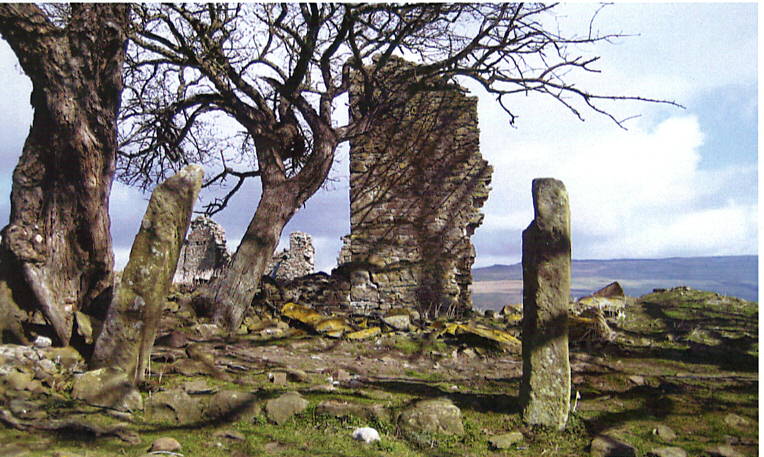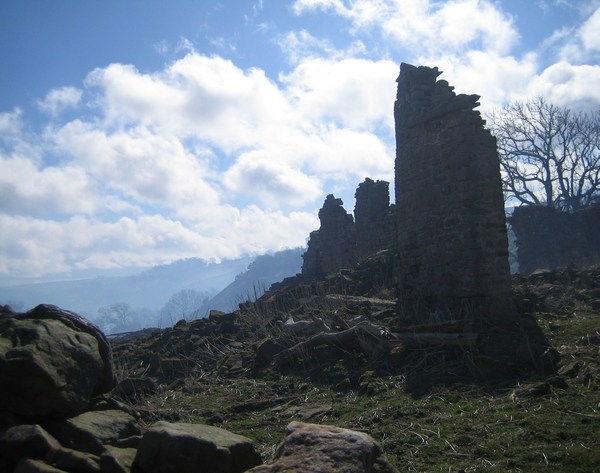
If you descend from a Blackett, the chances are that your distant ancestors once lived at Woodcroft Hall, situated between Stanhope and Frosterley in Weardale, County Durham. This was the seat of the Blackett family for several hundred years. The earliest extant records date the Blackett family as living here at the beginning of the 14th century, and probably earlier.
Bishop Hatfield’s Survey of Stanhope (1377-1380) records “Johannes Blakheued ten.j mess.et 1x acr.terrae,voe.Wodcroft,red.p,a.13s 4d”. This Johannes or John was almost certainly the grandson of Richard Blachved (sic) of Woodcroft, who, amongst others, was accused of forcibly entering the Earl of Warwick’s lands on 24 July 1307 (see The Blacketts that we don’t talk about). Richard died in 1349, but Woodcroft seems to have been in the possession of the Blakehevedes (sic) for at least two generations prior to that. In an abstract of the title deeds to Woodcroft dated 30 June 1724, following the sale of the property in 1676/77 by William Blackett to his distant cousin, Sir William Blackett, 1st Baronet of Newcastle, reference is made to copies made in 1345 of the Inquisitions Post Mortem, covering the manor of Woodcroft “and other lands held by Knight Service”, taken after the deaths of Richard & Christopher Blakehevede. These are probably the grandfather and father of the Richard who died in 1349, suggesting that Woodcroft was owned by the family at least as far back as the early-mid 13th century.
Archaeological findings indicate that Woodcroft would have been a substantial place. It is, however, now a ruin and very little remains of the ancestral home. Moreover the landscape around the old hall would have looked different to what it is today due to the extensive quarrying and mining that was carried out in the area over the centuries.
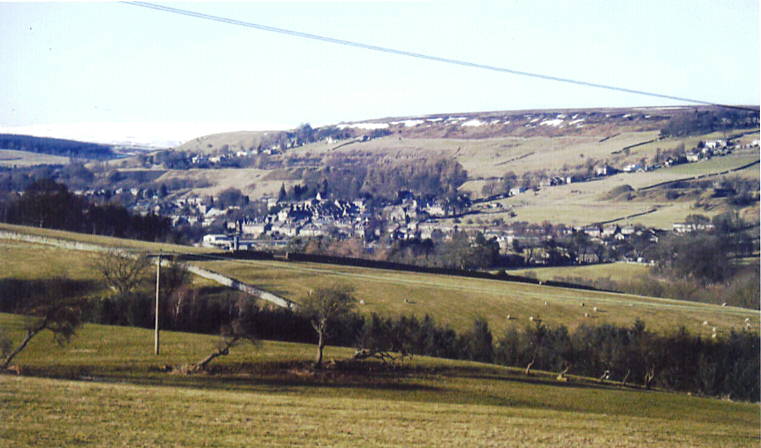
The Blacketts’ connections with Woodcroft ceased in the 18th century. It was mentioned in the 1728 Will of Sir William Blackett (1690-1728) the residue of whose estate was left in trust for Walter Calverley, on condition he married Sir William’s illegitimate daughter Elizabeth Orde and changed his name to Blackett. Walter duly obliged and became Walter Blackett and, in 1749, Sir Walter Blackett on inheriting the Calverley baronetcy on the death of his father. Sir William Blackett’s estates were heavily indebted and in 1750 the Court of Chancery ordered the sale of sufficient of Sir William’s assets to clear his debts. Woodcroft was advertised for sale in 1766 but recent research by the Dukesfield Smelters and Carriers Project [i] has established that there were difficulties in establishing which parts of the property were freehold and which copyhold and ensuring that the title deeds were accurate and up to date. Although the property was sold for £2,700 in 1768, the purchaser, Cuth. Ward, had some difficulty raising the purchase money and it was not until 1770 that the transaction was finally completed. By 1792 Woodcroft seems to have been owned by a Charles Shaftoe, who on 17 August that year executed a Surrender of [land at?] Woodcroft Manor to Robert Curry and another.
The eminent historian and genealogist, Robert Surtees, wrote on the 25th October 1810 to The College of Arms that “Woodcroft now belongs by what conveyance of blood or Purchase I cannot say, to Mr Chas. Shaftoe, a solicitor at Hexham”[ii]
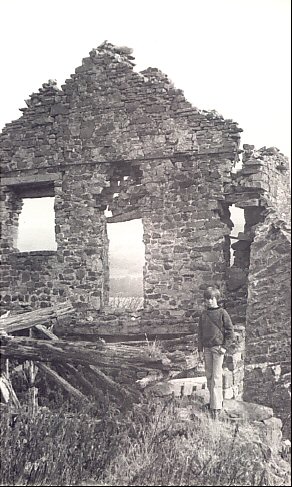
1841 census shows two families at Woodcroft: Matthew Watson and Elizabeth Cleimson/Clanson.
1851 census again shows two families: Thomas Baty and Mary Harrison (Thomas Baty's daughter-in-law Elizabeth Harrison, who was also living at Woodcroft with her family was herself a descendant of the Woodcroft Blacketts, though she may have been unaware of this).
1861 census: Thomas Baty, farmer with 215 acres.
1871 census: Francis P Currah, who held Woodcroft or New Woodcroft until 1901.
The report on the archaeological findings and history of Woodcroft compiled by The North East Vernacular Architecture Group provides much information on the ancestral home. With their permission extracts from it can be read here.
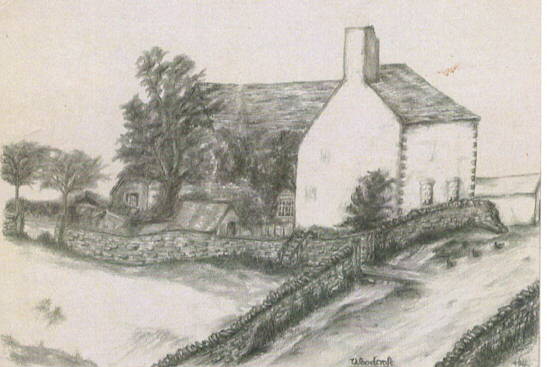
Available evidence suggests that Woodcroft developed over the centuries into more of a working farm than a comfortable seat. When Sir William Blackett bought it from his distant cousin in 1676 he was already a wealthy man, and had bought Newe House (Anderson Place), Newcastle the previous year. His reason for buying Woodcroft seems likely to have been based on a wish to acquire the ancestral home of the Blacketts, denied to him as an heir through his descent from a younger son. He was not to enjoy it for long, however, as he died in 1680, leaving Woodcroft and much of his estates to his younger son, William, who became a Baronet in his own right a few years later.
It is now possible to stay at this ancient home of the Blacketts in a newly built holiday cottage on Woodcroft Farm, close to the present farmhouse, and within a short distance of Old Woodcroft. The location is also an ideal base for exploring Weardale and many other areas where branches of the Blacketts have lived over the centuries. For more information please visit the Yeka Byre Cottage site.
[i] The Dukesfield Carriers and Smelters Project is in the course of researching and transcribing the letter books of Walter Calverley Blackett’s chief lead mine agent.
[ii] Surtees papers, acquired by Allan Kirtley.
